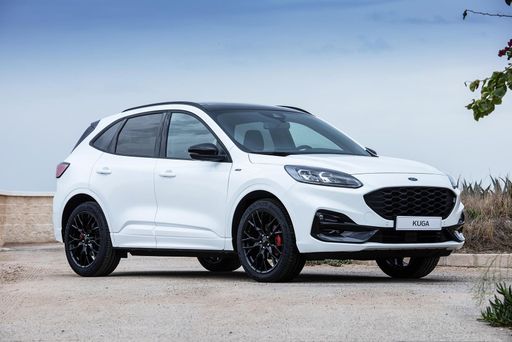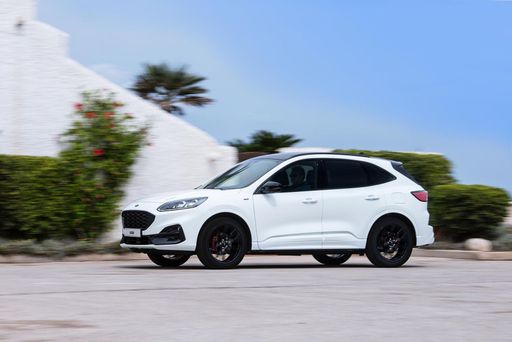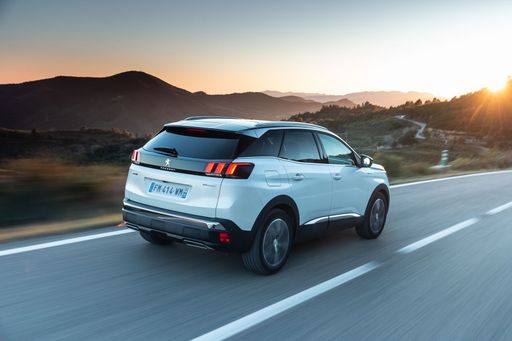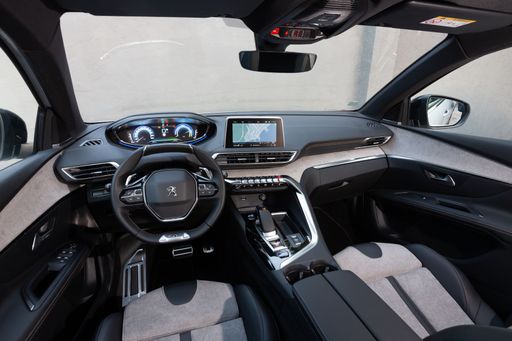Interior and Technology Features
Stepping inside both vehicles reveals well-crafted interiors designed with driver comfort in mind. The Ford Kuga boasts a generous trunk capacity of 412 liters, suitable for family road trips or daily errands. In comparison, the Peugeot 3008 comes with a slightly larger trunk at 520 liters, giving it an advantage for those who prioritize storage space.
Technology wise, both models offer an impressive suite of features. The Kuga comes with Ford’s latest SYNC infotainment system, which is intuitive and user-friendly. Furthermore, the Kuga offers advanced safety features, such as adaptive cruise control and automated emergency braking.
The Peugeot 3008 features the stunning i-Cockpit system, which includes a digital instrument panel and an 8-inch touchscreen for navigation and multimedia needs. It also includes technology advancements such as a 360-degree camera and adaptive lane assist, enhancing safety and ease of driving.







